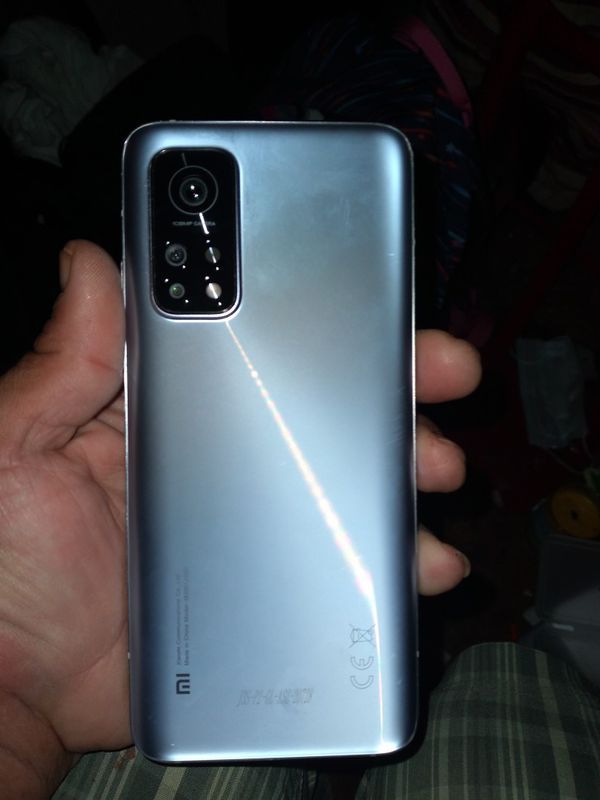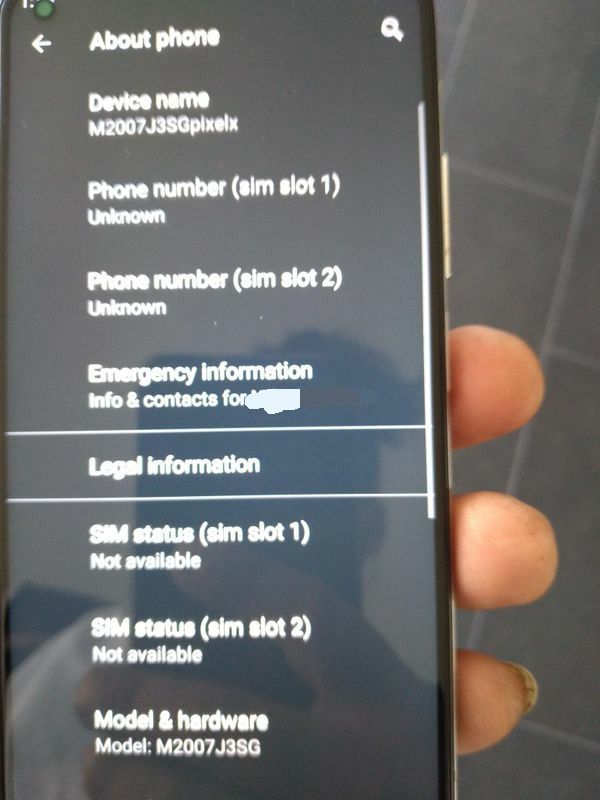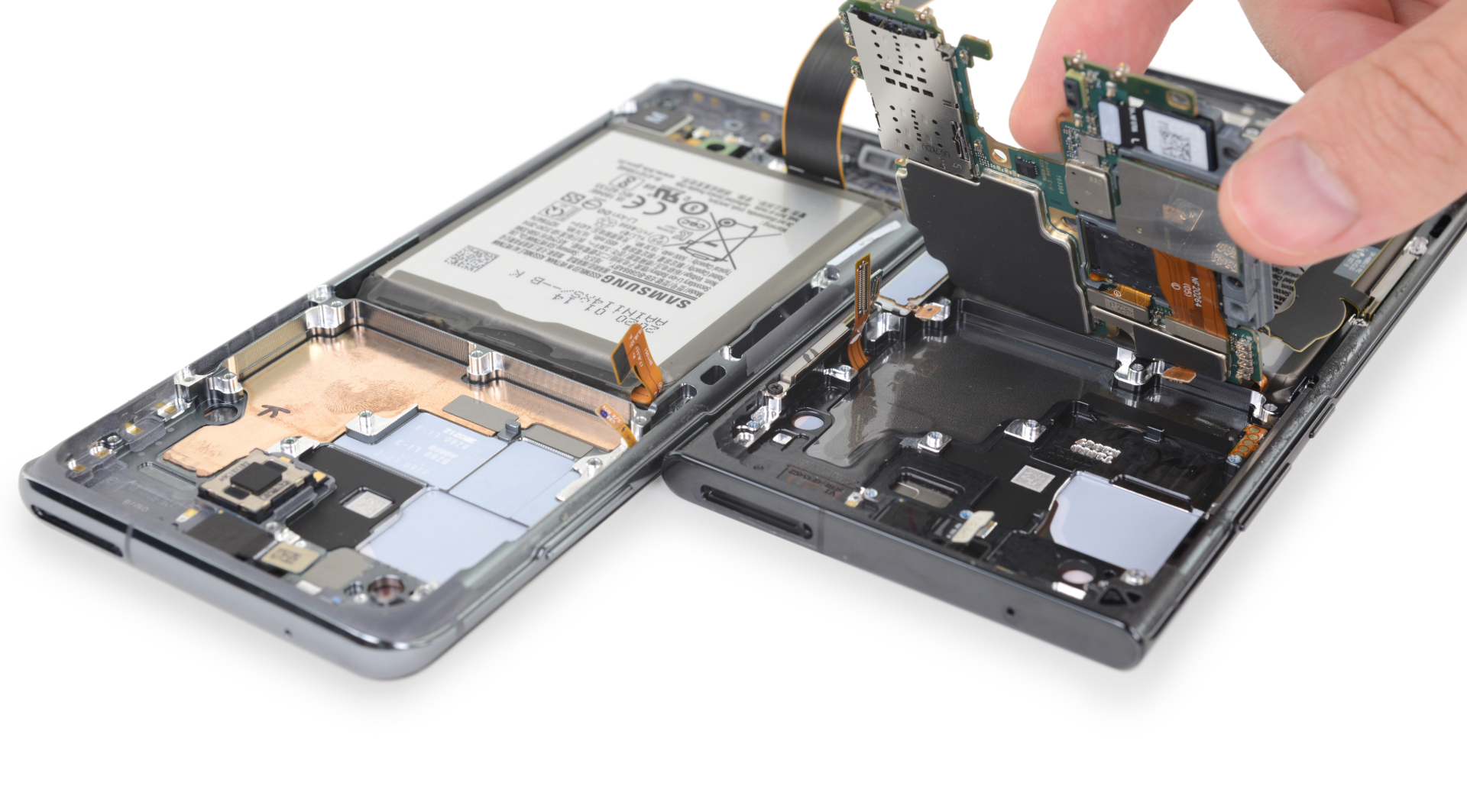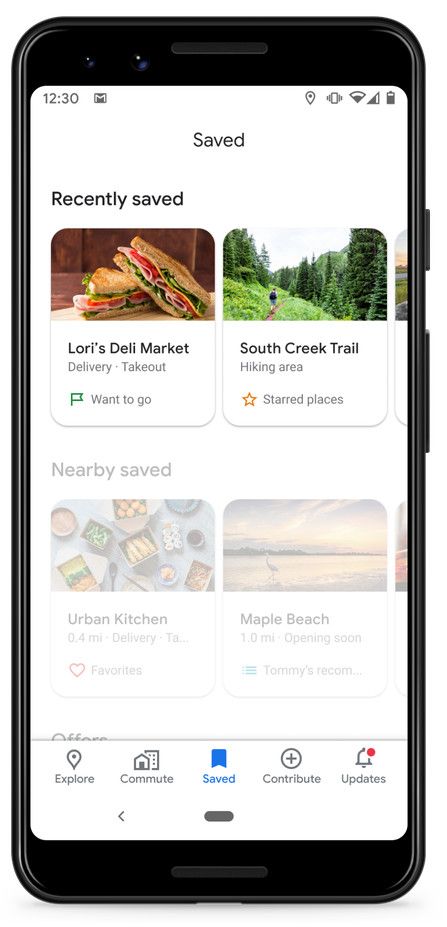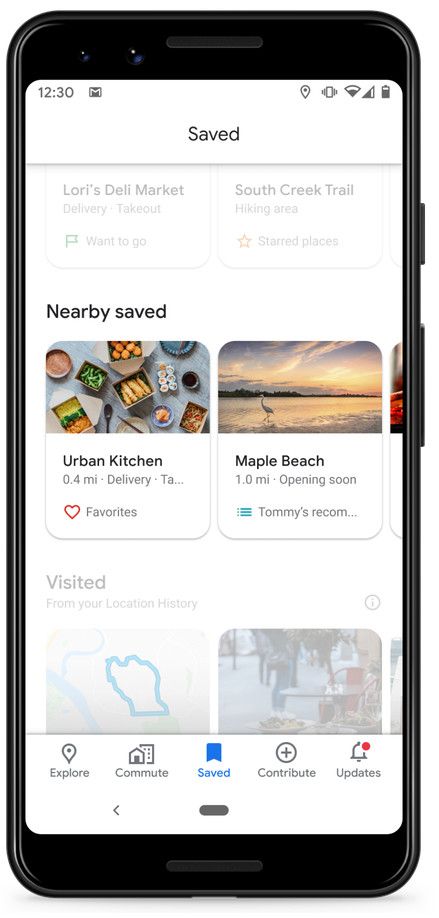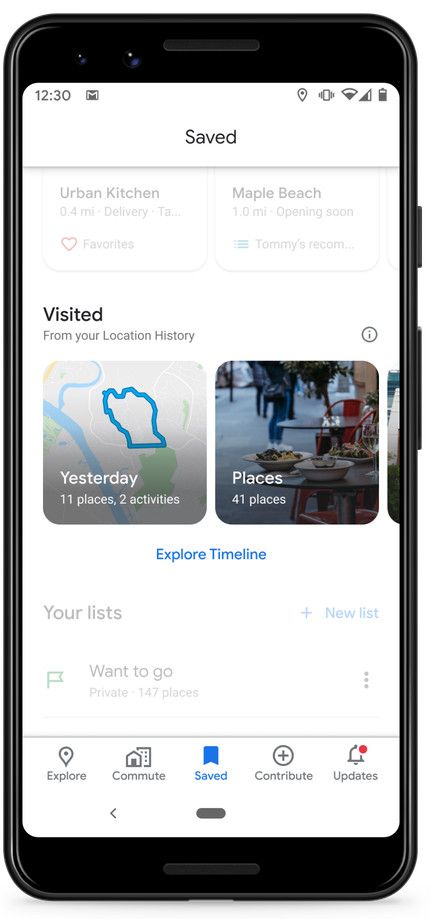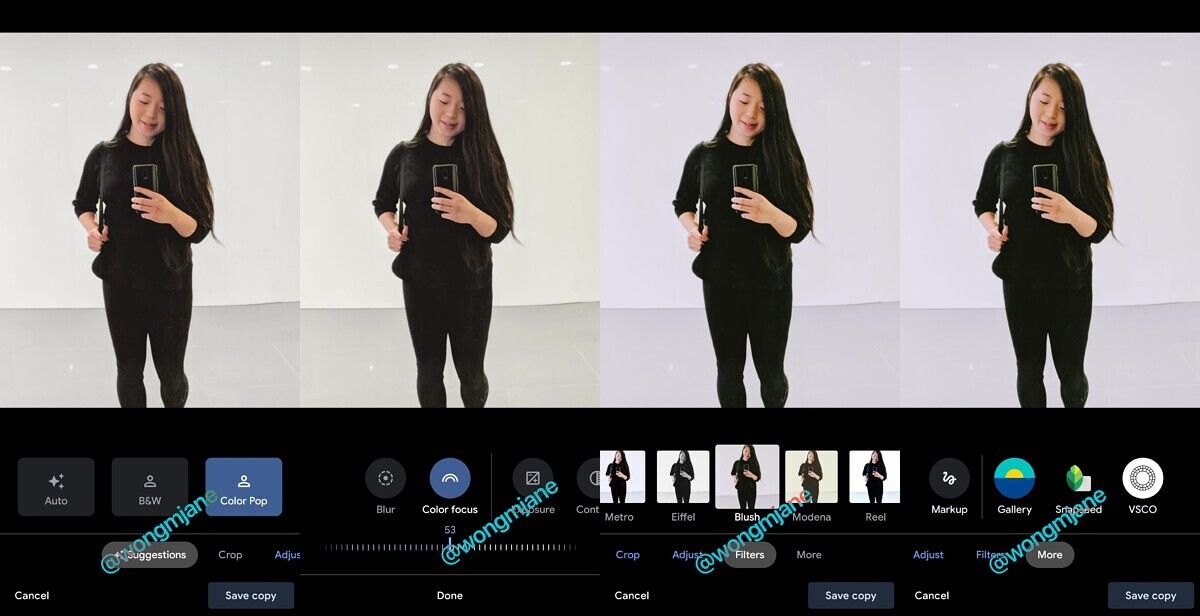Two weeks ago, Microsoft unveiled its first-ever Android device, the Surface Duo. It’s a radical evolution of the dual screen design we’ve seen in the past from the likes of ZTE, LG, and others. Unlike those other dual screen mobile devices, Microsoft is pouring a ton of resources into making sure the software experience holds up, even going as far as optimizing Android itself around the dual screen experience. We’ve got our hands on the device, but while we can’t show off the software just yet, we can give an overview of the fantastic hardware that Microsoft has included in the Surface Duo.
The first thing you’ll notice about the Microsoft Surface Duo is its size. It’s about the size of a small notebook while folded and around the size of an iPad Mini while unfolded. But what’s truly remarkable about it is how thin it is. It’s really thin while unfolded, measuring in at just 4.8mm in thickness! The Surface Duo is probably the thinnest Android device I’ve ever used. It’s only slightly thicker overall than the USB-C port on the device. Even while folded, it doesn’t feel bulky at all, despite the fact that it’s a bit thicker than most phones at 9.9mm.

The build material is glass on the front and back. The only outer parts that aren’t made of glass are the sides and the hinge. Because of concerns over durability—especially with such a thin device, Microsoft included a bumper in the box which attaches to the Surface Duo with adhesive. This is a similar setup to the Galaxy Fold and Galaxy Z Flip cases. The bumper in the box comes in white, but Microsoft will sell different colored bumpers to match the other Microsoft Signature Surface Type Covers.


As for my first impressions of actually holding and/or opening/closing the Microsoft Surface Duo, I have to say that it provides the best feeling out of any foldable device I’ve used so far. Folding it feels nothing like the Galaxy Fold, Galaxy Z Flip, or even LG Velvet with its Dual Screen attachment; I consider it to be in a class of its own. The hinge feels incredible to move—near flawless, in fact. It requires the right amount of force to move but doesn’t feel hard to move at all. It folds a full 360°, or you can just fold it to any position and it stays. The great hinge combined with the super thin and lightweight build really makes the Surface Duo a fantastic-feeling dual screen mobile device.
Just like with every other mobile device we’ve reviewed, the hardware doesn’t tell the whole story. As I mentioned before, I’m not able to talk about the software experience, the performance, the battery life, or other aspects of the phone quite yet. For those details, you will have to wait for my full review in the coming weeks. Because of this delay, I recommend either waiting until our full review is published or walking into a Best Buy or AT&T store later this week to try it out in person before you make a pre-order decision.
Pre-order the Surface Duo from Microsoft
| Specifications | Microsoft Surface Duo |
|---|---|
| Dimensions & Weight |
|
| Display |
|
| SoC |
|
| RAM & Storage |
|
| Battery & Charging |
|
| Camera |
|
| Connectivity |
|
| Security & Authentication |
|
| Pen & Inking | Supports all in-market generations of Surface Slim Pen, Surface Pen and Surface Hub 2 Pen |
| Audio |
|
| Exterior |
|
| Android Verison | Android 10 with Microsoft Surface Duo UI |
| Price | $1,399 |
The post Surface Duo Unboxing – Hands-on with Microsoft’s Dual Screen Android Device appeared first on xda-developers.
from xda-developers https://ift.tt/32tpfkC
via IFTTT

 855 Mobile Platform optimized for dual-screen experience
855 Mobile Platform optimized for dual-screen experience


